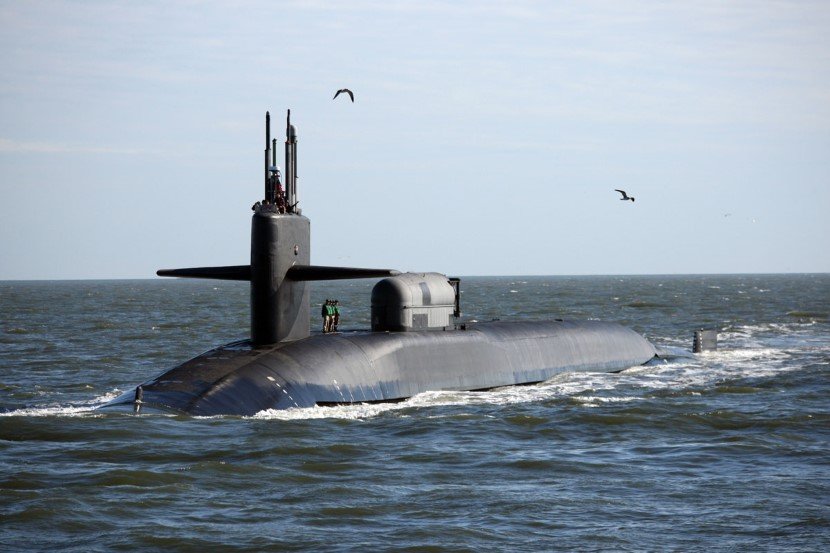

The range is up to 50km at a speed of 40k. The torpedo can be operated with or without wire guidance and the system has active and / or passive acoustic homing. The mk48 is a heavyweight torpedo with a warhead of 290kg, which has been operational in the US Navy since 1972. The Ohio Class submarine is fitted with four 533mm torpedo tubes with an mk118 digital torpedo fire control system. The Sperry Univac Mark 98 missile control system controls the 24 missiles.įour Ohio class submarines have been converted into SSGN conventional cruise missile platforms to replace their Tridents. The circle of equal probability (the radius of the circle, within which half the strikes will impact) is less than 150m. Trident II is capable of carrying up to 12 multiple independent re-entry vehicles (MIRVs), each with a yield of 100k, although the SALT treaty limits this number to eight a missile. Missile guidance is provided by an inertial navigation system supported by stellar navigation. The US Navy describes the range as ‘greater than 7,360km’ but this could be up to 12,000km, depending on the payload mix. The three-stage solid-fuel rocket motor is built by Alliant Techsystems (ATK) Thiokol Propulsion.

The dimensions of the Trident II missile are 1,360cm-long with a diameter of 210cm and the weight is 59,000kg. The submarine has the capacity for 24 Trident missile tubes in two rows of 12. Lockheed Martin received a contract in January 2002 for the production of 12 Trident II missiles for the four submarines. Conversion of the four Trident I submarines remaining after START II (Henry M Jackson, Alabama, Alaska and Nevada) to Trident II began in 2000 and was completed in 2008. The first eight submarines, (SSBN 726 to 733 inclusive) were equipped with Trident I and the following ten (SSBN 734 to 743) carry the Trident II. The new missiles are expected to remain in service till the 2040s. The submarines received the new D5LE missiles in 2013 under the D5 life extension programme. The Trident was built in two versions, Trident I (C4), which is being phased out, and the larger and longer-range Trident II (D5), which entered service in 1990.

Ohio Class submarine is equipped with the Trident strategic ballistic missile from Lockheed Martin Missiles and Space. In March 2008, USS Michigan successfully completed the operational evaluation of ASDS across a range of operational conditions. It was also fitted to Los Angeles Class submarines USS Charlotte (SSN-766) and the USS Greeneville (SSN-772) and will equip the Virginia Class SSNs. ASDS is equipped with multiple sonars, GPS/ inertial navigation, communications and electronic support measures (ESM). Each Ohio SSGN had its two forward-most missile tubes converted into ASDS capable lock-out chambers. The Northrop Grumman advanced SEAL delivery system (ASDS) is a submersible for the delivery of US Navy SEALs and combat gear to the shore. The SSGN will have the capacity to accommodate 66 SEALS. The experiment included validation launches of two Tomahawk missiles, the first-ever launch of an unmanned underwater vehicle (UUV) and insertion of a navy SEALs force. In January 2003, USS Florida took part in Naval Sea Systems Command (NAVSEA) experiment ‘Giant Shadow’ to test the capabilities of the new SSGNs. In November 2007, USS Ohio left for final trials off Hawaii before beginning its first operational deployment as an SSGN in the western Pacific Ocean.


 0 kommentar(er)
0 kommentar(er)
